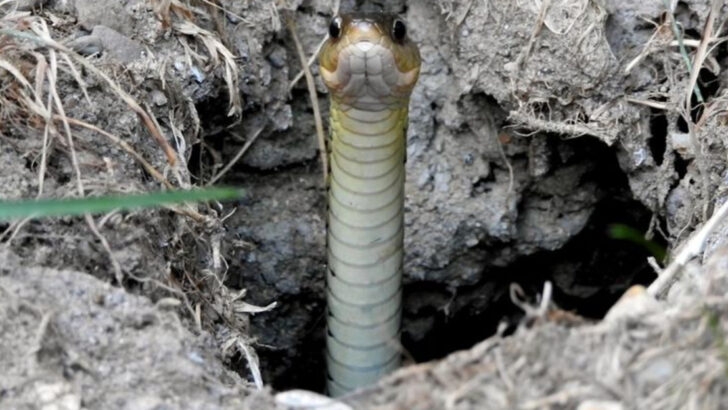Snakes are the unsung heroes slithering just beneath our feet.
While most people leap away at the sight of one, these scaly predators are quietly doing the dirty work—protecting gardens, balancing food chains, and keeping entire ecosystems from spiraling into chaos.
No applause.
No trophies.
Just fang-powered pest control and ancient instincts at play.
They’re nature’s stealth units, moving without sound, cleaning up messes we didn’t even know existed.
And without them? We’d be neck-deep in rodents, disease, and disrupted habitats.
So next time you see a snake in your backyard, maybe hold off on the scream.
That little wriggler might be doing more for your neighborhood than you are.
Natural Pest Control
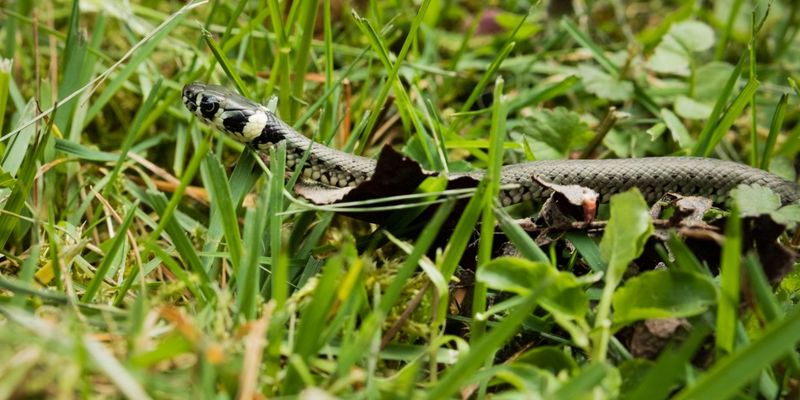
Snakes are Mother Nature’s pest control specialists. In gardens and fields, they help keep the rodent population in check, preventing these critters from wreaking havoc on crops. This ability to control pests naturally reduces the need for harmful pesticides and promotes a healthier agricultural environment.
Imagine a cornfield unspoiled by rodents thanks to the resident garter snake slithering through its stalks. The reduction in pests not only aids farmers but also helps maintain the delicate balance of local ecosystems. By letting snakes do their job, we inadvertently support organic farming practices.
Promoting Biodiversity
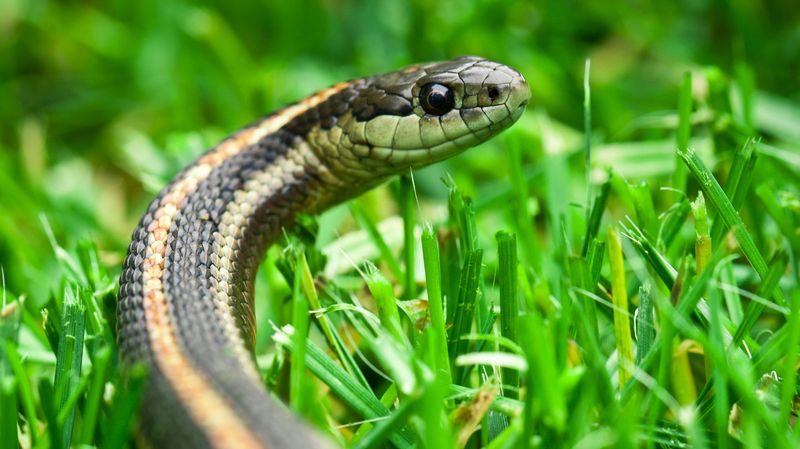
With their predatory habits, snakes are crucial in promoting biodiversity. By controlling prey populations, they ensure no single species dominates, which supports a diverse range of flora and fauna in different habitats.
Consider the vibrant tapestry of life in a forest, where each snake plays its part in maintaining the ecological balance. Their presence ensures that various animal populations remain healthy, preventing the overconsumption of plants and other resources. These silent sentinels keep nature’s orchestra in harmony, ensuring every creature stays in tune with its environment.
Supporting Bird Populations
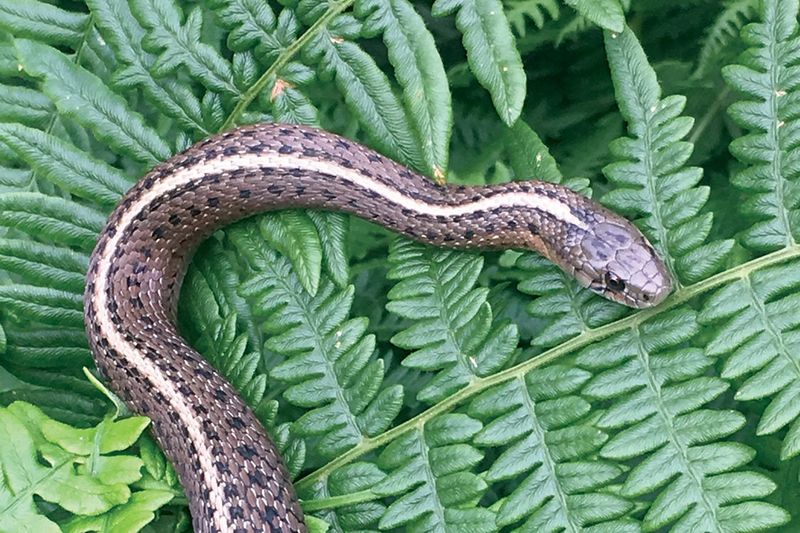
Odd as it may sound, snakes indirectly support bird populations. By preying on rodents that consume bird eggs and disrupt nests, snakes help ensure more bird offspring reach maturity.
While it’s a delicate balance, snakes play a critical role in ensuring that our skies remain filled with chirping birds. This natural control keeps rodent populations in check, protecting the nests from becoming an easy meal. In this way, snakes contribute to the sweet melodies of nature, crafting a richer bird life with every hungry hunt.
Ecosystem Engineers
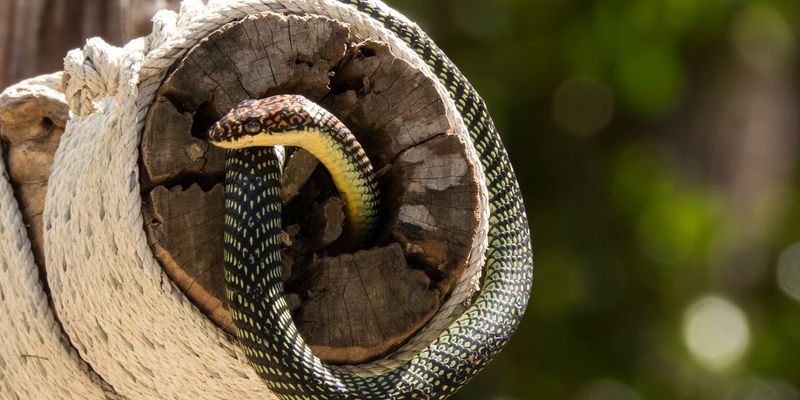
Snakes, particularly burrowing species, act as ecosystem engineers. As they dig through soil, they aerate it, promoting healthy root growth and water penetration, which can enhance plant growth.
Their underground activities may seem simple, but they are vital to maintaining fertile soil. Over time, their digging creates a more robust and vibrant ground cover that supports diverse plant life. These subterranean architects quietly construct and maintain habitats, turning earth into a thriving canvas of green.
Promoting Healthy Amphibian Populations
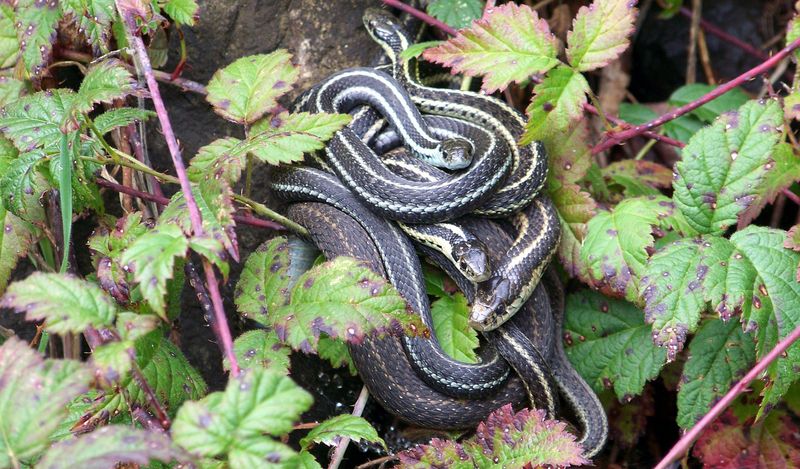
By regulating amphibian populations, snakes ensure that frog and toad numbers do not outweigh their environmental resources. This control helps maintain healthy water ecosystems where amphibians thrive without overwhelming their habitat.
Picture a serene pond teeming with life, where snakes stealthily keep the balance. Their presence prevents excessive competition for food and resources, ensuring a thriving aquatic community. This overlooked service highlights snakes’ intricate role in crafting an ecosystem where amphibians can flourish.
Natural Disease Control
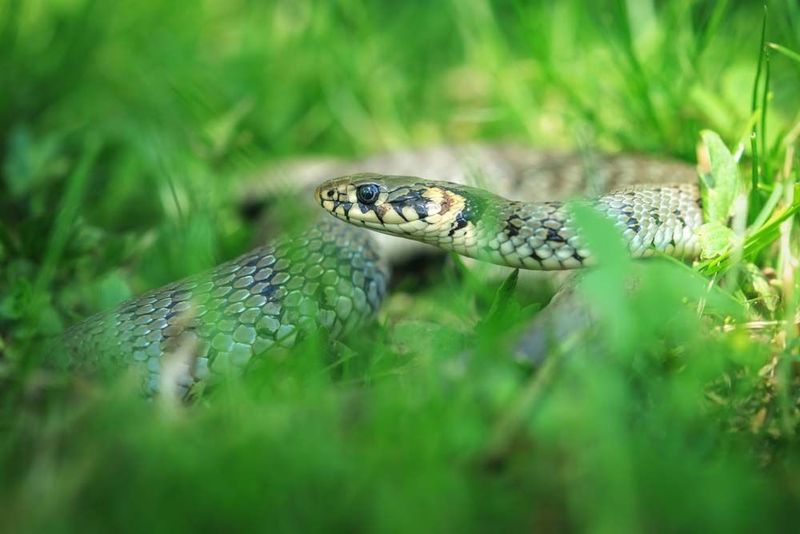
Snakes help reduce the spread of diseases by controlling populations of rodents and other small mammals that are often disease carriers. Their diet lowers the chance of diseases like Lyme disease spreading through tick-infested rodents.
In this way, snakes act like a natural health service, ensuring our environment is less prone to outbreaks. Picture a healthy landscape where diseases have a hard time taking hold, thanks to snakes quietly curbing the usual suspects. Their unspoken contribution to public health is invaluable and often goes unnoticed.
Balancing Prey Populations
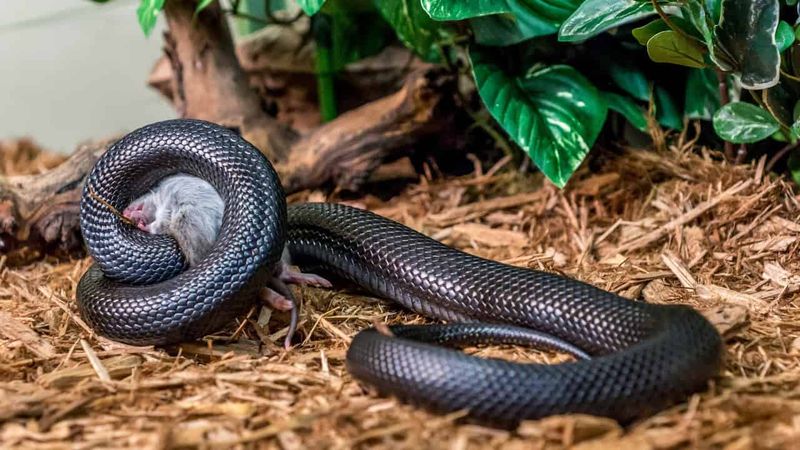
As predators, snakes are indispensable in keeping prey populations in check. This balance prevents overpopulation that could lead to overgrazing and habitat destruction.
Imagine a lush grassland that maintains its beauty due to the harmonious balance between prey and predators. Snakes ensure that no single species becomes too dominant, fostering a thriving ecosystem. Their stealthy presence is a constant reminder of nature’s equilibrium, maintaining a habitat where plant and animal life flourish together.
Supporting Endangered Species

In conservation areas, snakes support the survival of endangered species by controlling populations of competing predators and prey. Their presence helps maintain a balanced ecosystem, vital for species at risk.
Visualize a protected reserve where snakes silently ensure the survival of rare species. Their predatory instincts help manage the ecosystem, providing a stable environment for endangered creatures to thrive. This support plays a critical role in global biodiversity efforts, showcasing snakes as unsung heroes in conservation.
Enhancing Soil Fertility
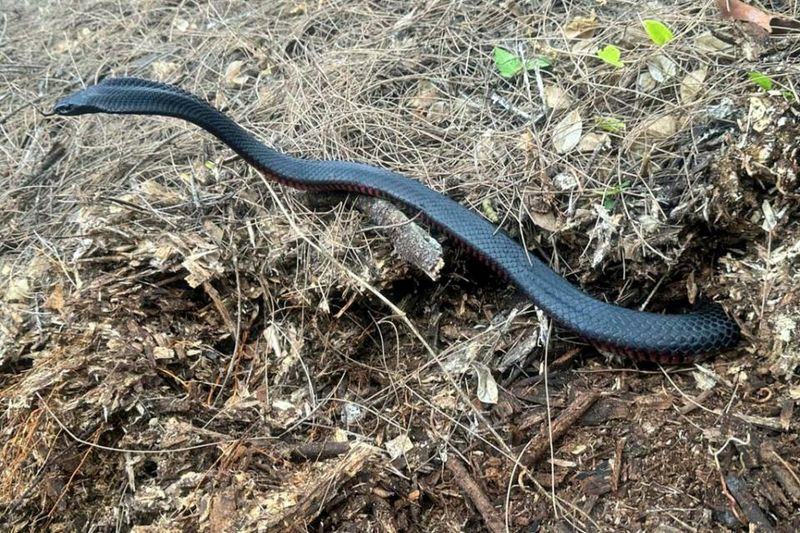
Snakes enhance soil fertility by contributing organic matter through their shed skins and waste. This natural process enriches the soil, promoting plant growth and agricultural productivity.
Consider a field where snakes’ activities lead to more fertile soil, producing bountiful crops. This organic cycle not only benefits farmers but also supports the entire ecological framework, demonstrating how snakes contribute to a thriving environment. Their humble role in soil enhancement is a testament to nature’s interconnectedness.
Natural Recyclers
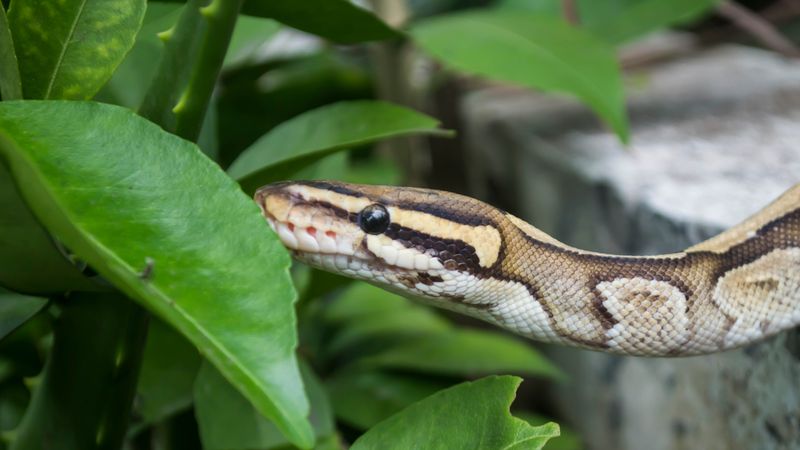
Snakes act as natural recyclers by consuming prey and breaking down organic material, recycling nutrients back into the ecosystem. This process plays a vital role in nutrient cycling and energy flow.
Imagine an ecosystem where snakes quietly perform their recycling duties, ensuring that nothing goes to waste. Their dietary habits help maintain a balanced nutrient flow, supporting the health and vitality of the environment. This natural recycling showcases the snake’s silent yet essential contribution to ecological sustainability.
Regulating Insect Populations
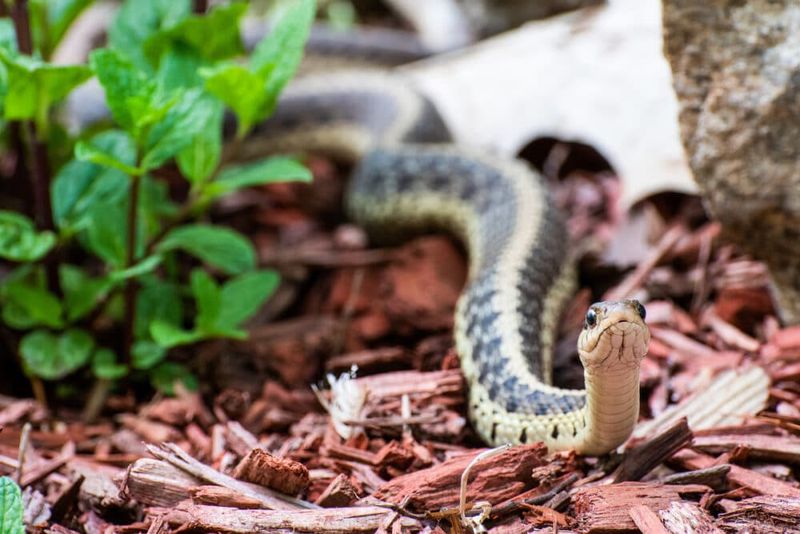
Though not as commonly known, some snake species feed on insects, thus helping to regulate their populations. This control is vital in preventing crop damage and maintaining balanced ecosystems.
Picture a garden where snakes navigate through the foliage, ensuring insects don’t become too dominant. This natural balance keeps plant life healthy and resilient, showcasing the snake’s often underestimated role in ecosystem management. Their unique dietary choices make them invaluable allies in maintaining the harmony of nature.
Contributing to Nutrient Cycling
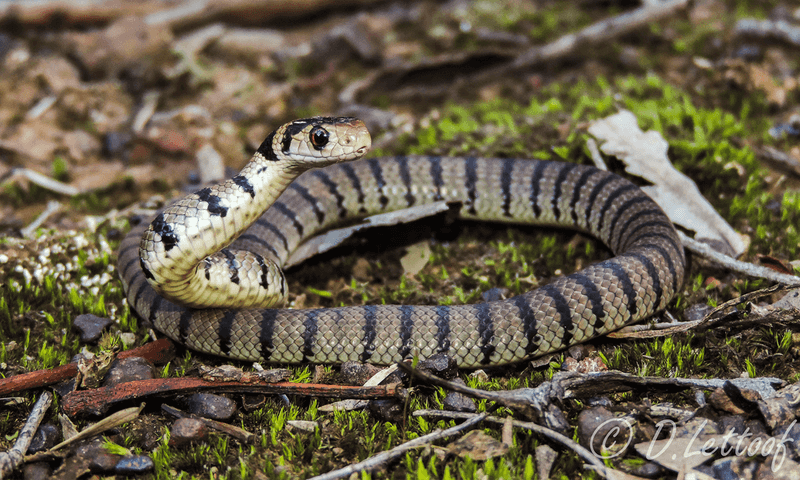
As predators and prey, snakes contribute to nutrient cycling, vital for ecosystem health. They help decompose organic material, returning essential nutrients to the soil and supporting plant growth.
Visualize a thriving ecosystem where snakes are integral to the nutrient cycle. Their roles in breaking down and distributing nutrients create a more sustainable and balanced environment. This process highlights the interconnectedness of life, with snakes serving as a critical link in the ecological chain.
Creating Habitats for Other Species
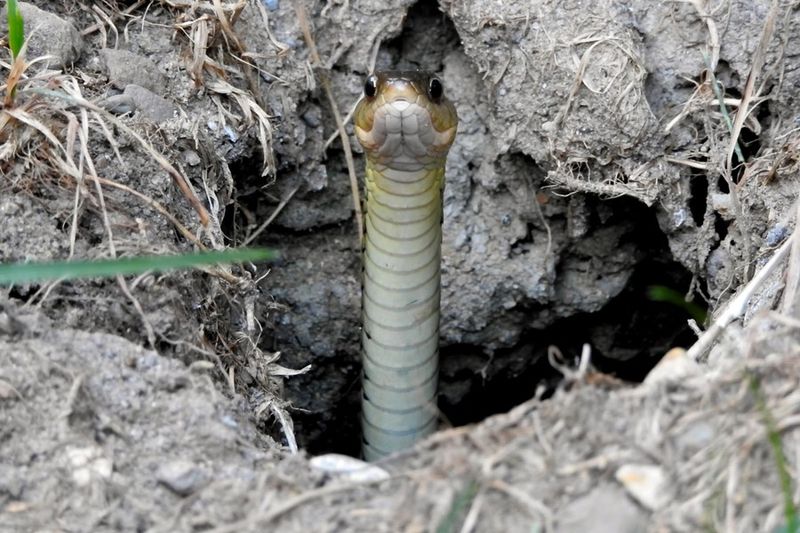
Certain snake species create burrows and holes that become habitats for other wildlife. These structures offer refuge and breeding grounds for numerous species, enhancing local biodiversity.
Consider a landscape dotted with snake-made shelters, providing homes for various creatures. These burrows are vital for the survival of many species, showcasing the snake’s role as an inadvertent architect in the wild. By creating these spaces, snakes foster a rich and diverse ecosystem, highlighting their indirect yet powerful impact on biodiversity.
Cultural Importance

Snakes hold significant cultural importance in many societies. They are revered symbols in various mythologies and are often associated with wisdom, fertility, and healing.
Imagine an ancient culture weaving snake imagery into their stories and rituals, celebrating their mystical presence. This cultural reverence highlights the snake’s unique place in human history, bridging the gap between nature and spirituality. The snake’s role in culture underscores its multifaceted influence beyond physical ecosystems, weaving into the tapestry of human life.
Promoting Native Flora Growth
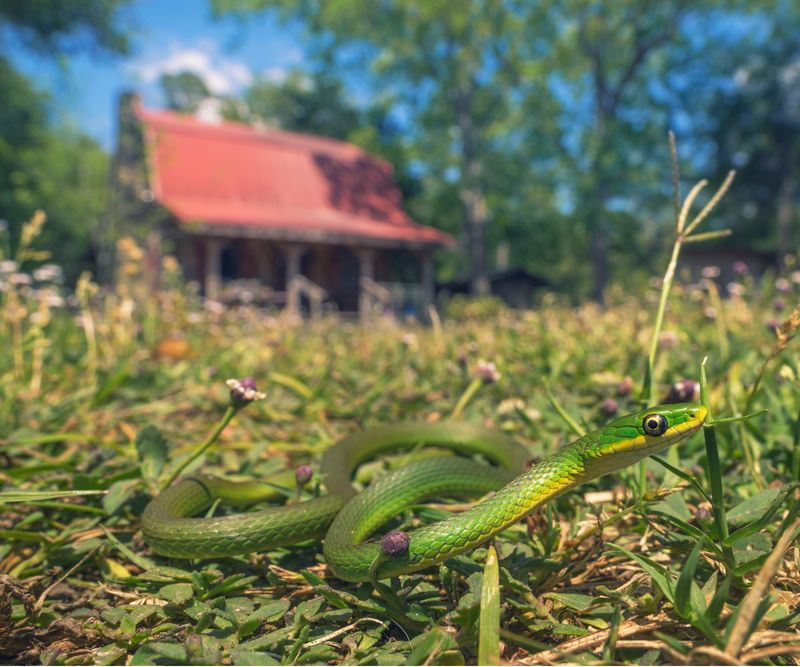
By controlling herbivore populations, snakes indirectly promote the growth of native flora. This balance ensures that plant species thrive without being overgrazed by herbivores.
Envision a lush meadow where native plants flourish under the careful watch of snakes. Their presence prevents herbivores from decimating plant life, allowing the ecosystem to maintain its natural beauty. This subtle influence highlights snakes’ role in fostering plant diversity and ecological health, one stealthy slither at a time.
Inspiration for Medical Research
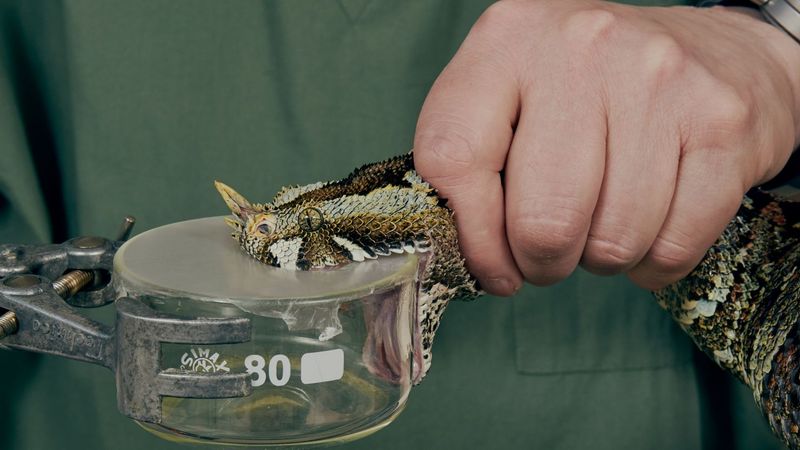
Snakes have inspired medical research, particularly in developing anti-venoms and studying venom properties. These advancements have notable implications for treating various human diseases.
Consider a lab where researchers study snake venom to unlock new medical breakthroughs. This venom, once feared, now holds the key to potential cures and treatments, demonstrating the snake’s unexpected contribution to human health. The intersection of nature and science showcases snakes as unlikely partners in the pursuit of medical innovation.
Providing Educational Opportunities

Snakes offer unique educational opportunities as they captivate the curiosity of students and nature enthusiasts. Observing and studying them can foster interest in biology and conservation efforts.
Imagine a classroom where students excitedly learn about the intricate lives of snakes, sparking a lifelong passion for wildlife. Their presence in educational settings enriches learning experiences, inspiring the next generation of environmental stewards. Snakes serve as fascinating subjects that bridge the gap between curiosity and understanding, offering endless learning possibilities.
Encouraging Sustainable Practices
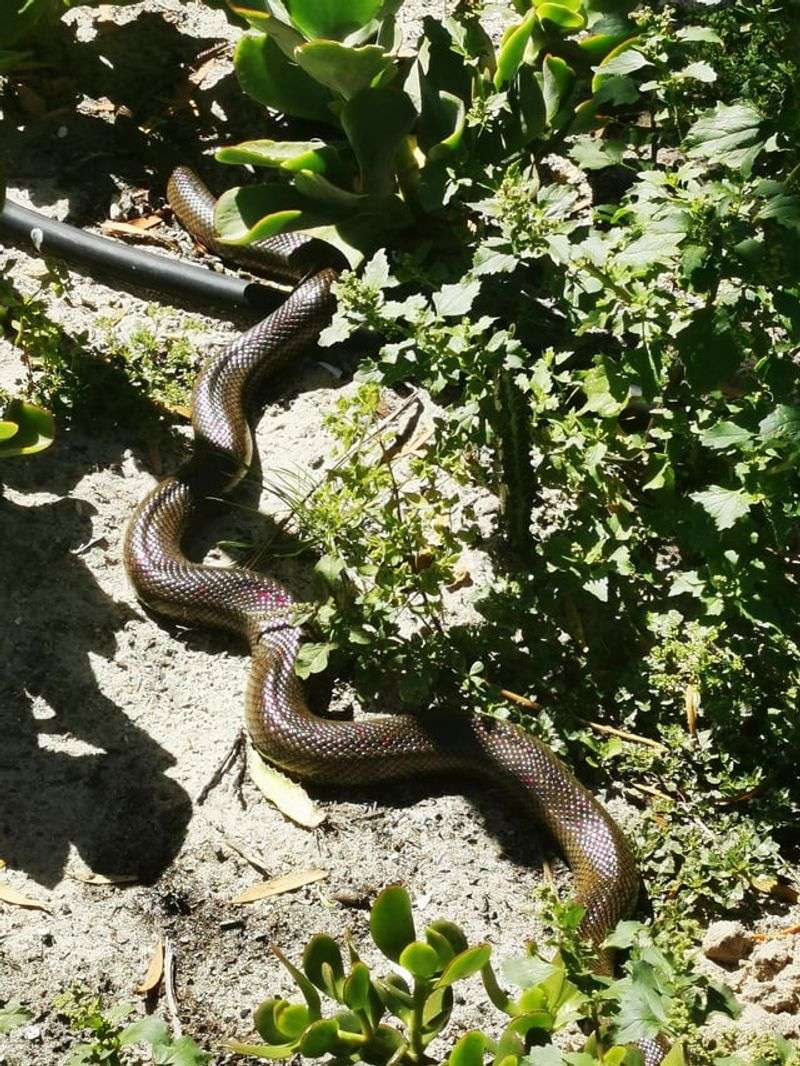
Snakes encourage sustainable farming practices by naturally controlling pest populations. Their presence reduces the need for chemical interventions, promoting a more eco-friendly agricultural approach.
Envision a farm where snakes glide through fields, maintaining the natural order without human interference. This harmony between agriculture and nature exemplifies sustainable practices that benefit both the environment and crop yields. By embracing these natural allies, farmers can achieve a more sustainable future, where snakes play a pivotal role in eco-friendly solutions.

